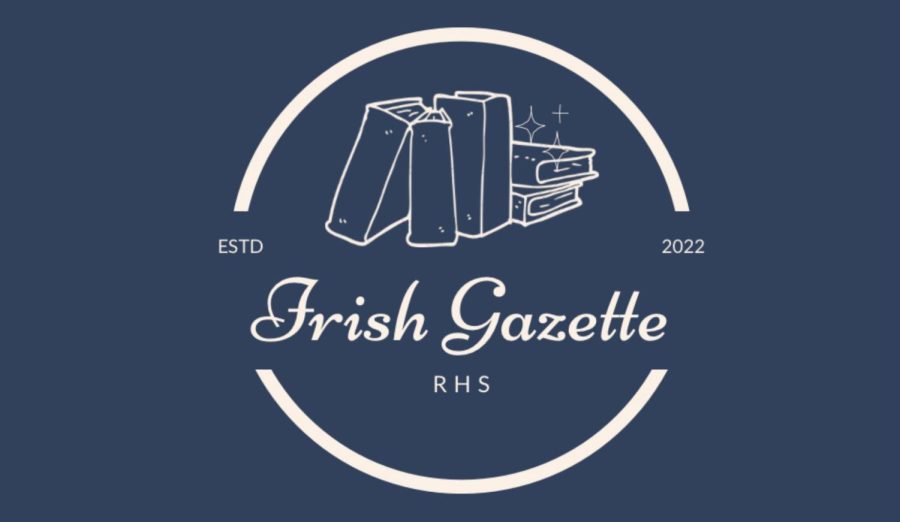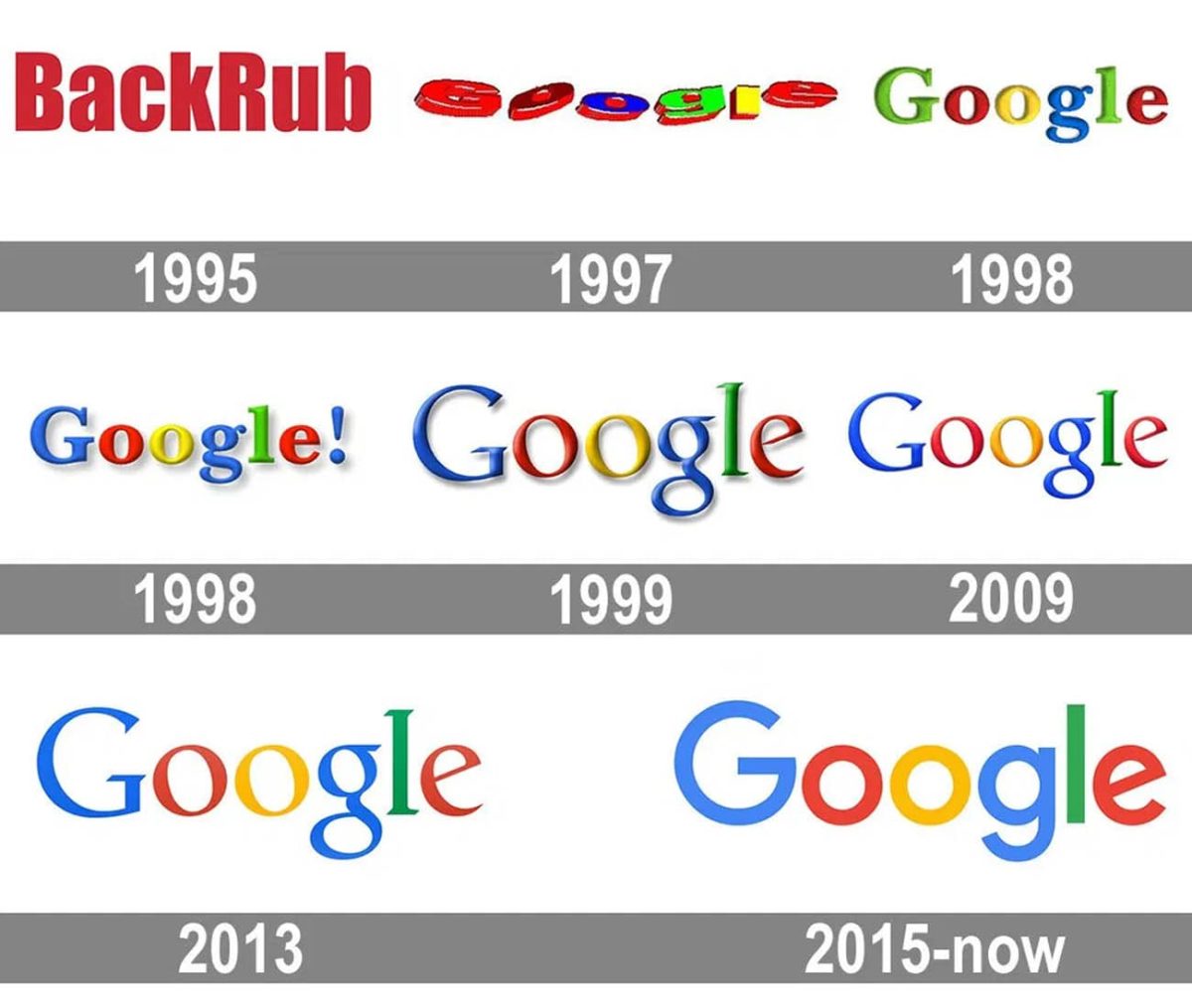How many times have you had to ask how to spell a word you don’t know? Personally, I’ve had to ask more times that I would like to admit. Did you know other kids across the country also have the same concerning problem? Actually, 1 in 3 fourth graders aren’t proficient in reading. Years ago, school districts across the country adopted a new way of teaching students how to read. At the time, experts thought it to be the best way to teach reading to young kids. Today, it is known as the teaching method that let down generations.
Marie Clay is the brilliant inventor of this completely flawed idea. She was conducting a study on how to more effectively teach kids to read. In this study, she looked at what good readers do versus what bad readers do. Seems pretty straightforward, right? However, Clay’s conclusions were flat out wrong. The techniques she thought the good readers used were the very habits that made a child poor at reading.
She found that “good” readers essentially make an educated guess on words they don’t know, asking them questions like these when a child was stuck on a word; based on the context, what makes sense there? What does the picture tell you? Are these questions ringing any bells? It’s important to note that students, ideally, will graduate from reading picture books and move on to other, more challenging material like chapter books. There are no pictures in chapter books. What will happen then? Lastly, Marie found that good readers don’t sound out words unless they’ve exhausted their other techniques.
The whole thing, looking at it now, is just absurd. But, she sold her idea across the globe and it was widely accepted as truth.
At the time, schools were intrigued by this new and promising strategy. They hastily adopted the new curriculum and filled classrooms with the new books and instruction guides for teachers. According to the Sold a Story podcast (A podcast by education researcher Emily Hanford explaining her journey digging deeper into how this reading strategy came about and its effect on readers today), teachers believed this new curriculum was the solution to all of the students’ reading problems, and some teachers would refer to the practice books as “bibles”.
The effects of this program have been detrimental to young minds across the country and has left millions of students grasping at straws. In Minnesota alone, 50.3% of students do not meet reading expectations. In fact, this number is the highest it’s been in 30 years.
In order to combat the steady decline of reading scores, school districts across the country, including our own, have re-adopted the phonics way of teaching in an effort to increase literacy rates.
Governor Tim Walz passed the READ Act into legislation nearly a year ago marking the mandated change back to the phonics method in schools.
The phonics method has been in use since the 1800’s and, in short, teaches reading to students by having them match the sounds that letters and letter groups make to what they look like in order to read a passage.
According to an article published by the New York Times, the switch is already showing results. Using scientifically proven and evidence backed methods, students are finally able to build up the propper skills in order to read better and better.
Once you’re equipped with the power to read the world around you, the sky is truly the limit.


















